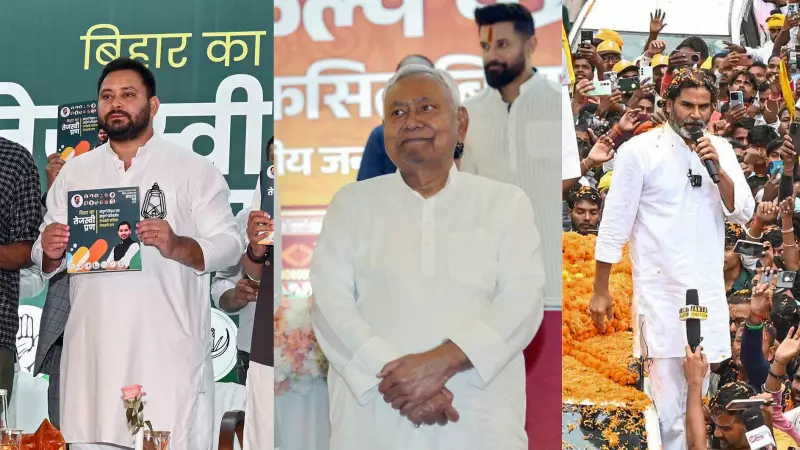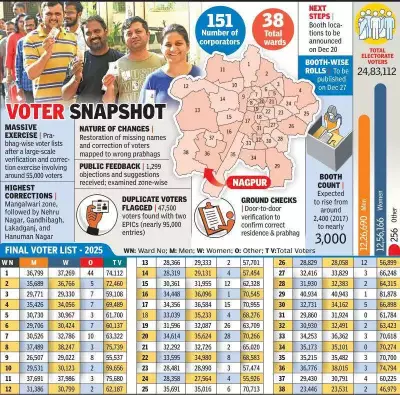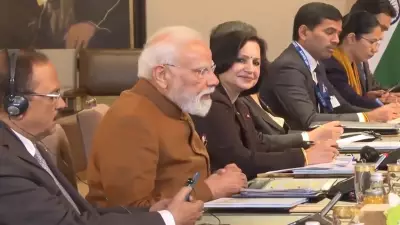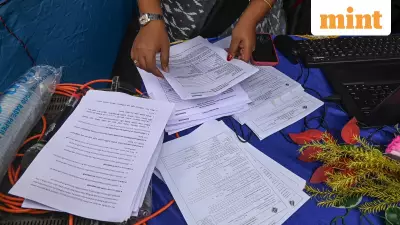
The political landscape of Bihar is heating up as election season approaches, with competing visions for the state's future taking center stage. At the heart of this political drama are two contrasting approaches to winning voters' trust.
The Employment Manifesto That Changed the Game
Tejashwi Yadav's 2020 election manifesto, featuring a bold promise of 10 lakh government jobs, has become the reference point for Bihar's political discourse. Political strategist Prashant Kishor observes that this employment-focused approach has fundamentally altered how parties approach manifesto-making in the state.
"The 10 lakh jobs promise wasn't just another electoral pledge," notes Kishor. "It became the central narrative that forced other parties to respond and redefine their own development agendas."
Nitish Kumar's Alliance Mathematics
While Tejashwi's RJD bets big on policy-driven manifestos, Chief Minister Nitish Kumar's JD(U) appears to be relying on traditional alliance politics. The NDA's strategy seems focused on consolidating existing social coalitions rather than making dramatic new promises.
This contrast highlights the evolving nature of Bihar's electorate. "Voters are increasingly looking beyond caste arithmetic and demanding concrete solutions to their daily struggles," explains a political analyst familiar with the state's dynamics.
The Prashant Kishor Perspective
Having worked with multiple parties in Bihar, Kishor brings unique insights into what moves voters. He emphasizes that manifesto credibility has become as important as the promises themselves.
"The challenge for any party is not just making promises but convincing voters about their implementation capability. This is where governance track records and organizational strength come into play," Kishor remarks.
Shifting Voter Expectations
Several factors are reshaping Bihar's political landscape:
- Youth Aspirations: With a significant young population, employment has become the primary concern
- Rural-Urban Divide: Different regions have distinct development priorities
- Gender Dynamics: Women voters are increasingly influencing election outcomes
- Development Focus: Basic infrastructure and social services remain critical issues
The Road Ahead
As parties fine-tune their strategies, the fundamental question remains: Will Bihar voters prioritize concrete development promises or stick with familiar political alliances? The answer could redefine the state's political future and potentially influence national politics.
What's clear is that the era of vague promises is over. As Kishor puts it, "Bihar's voters are demanding specifics, and parties must deliver coherent plans or face the consequences."





